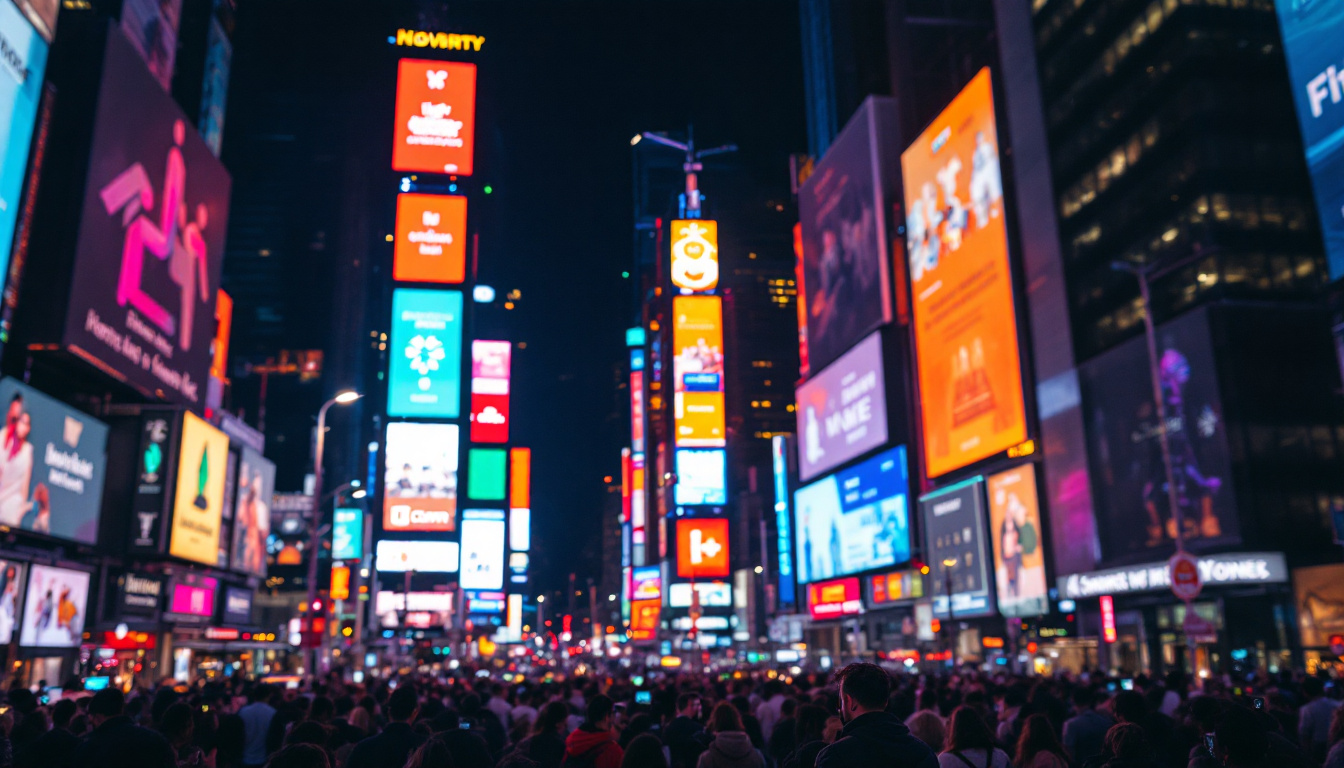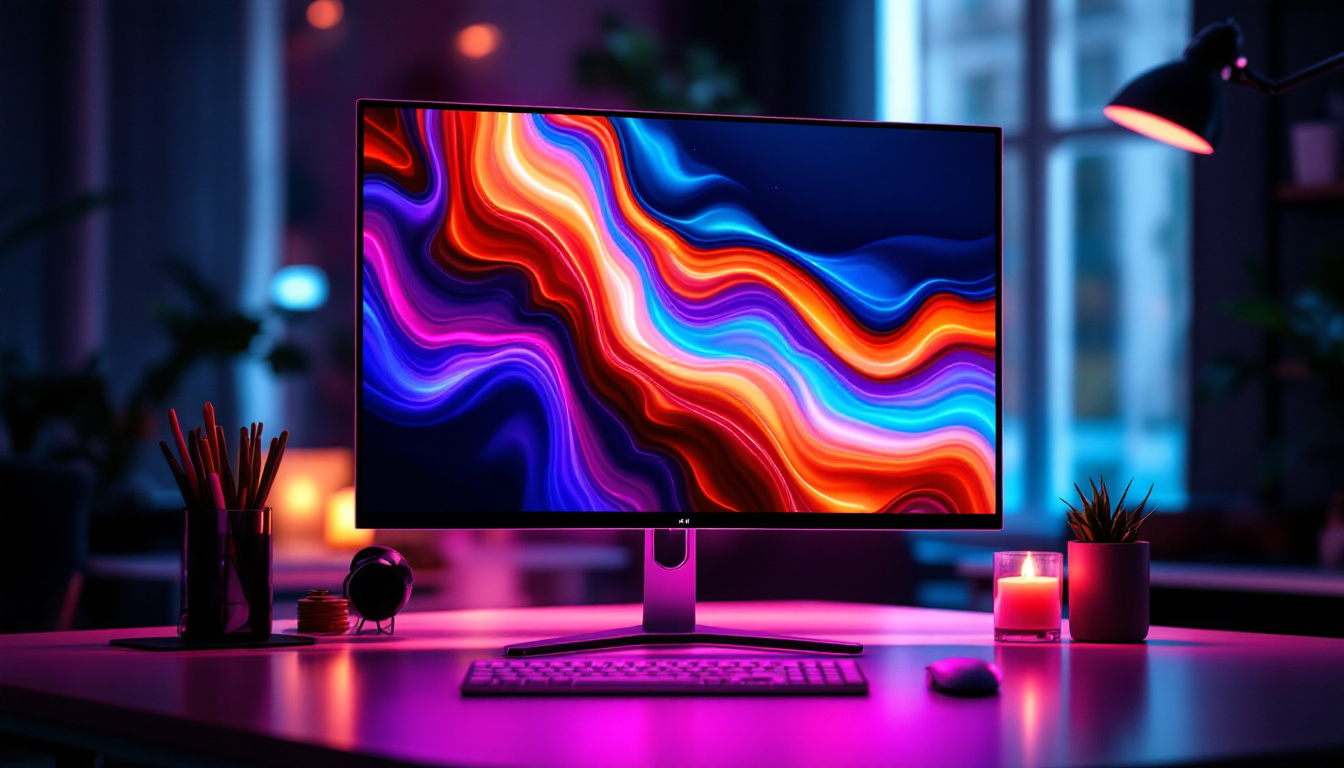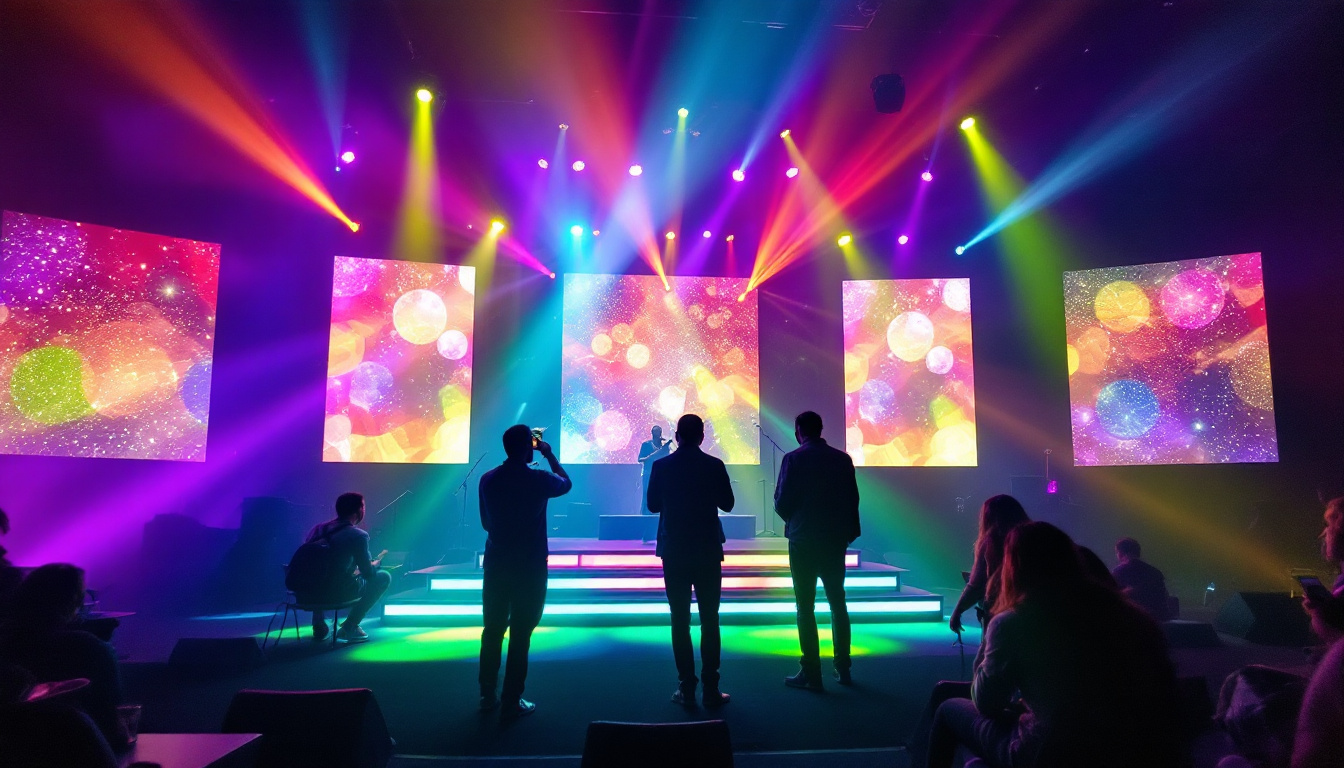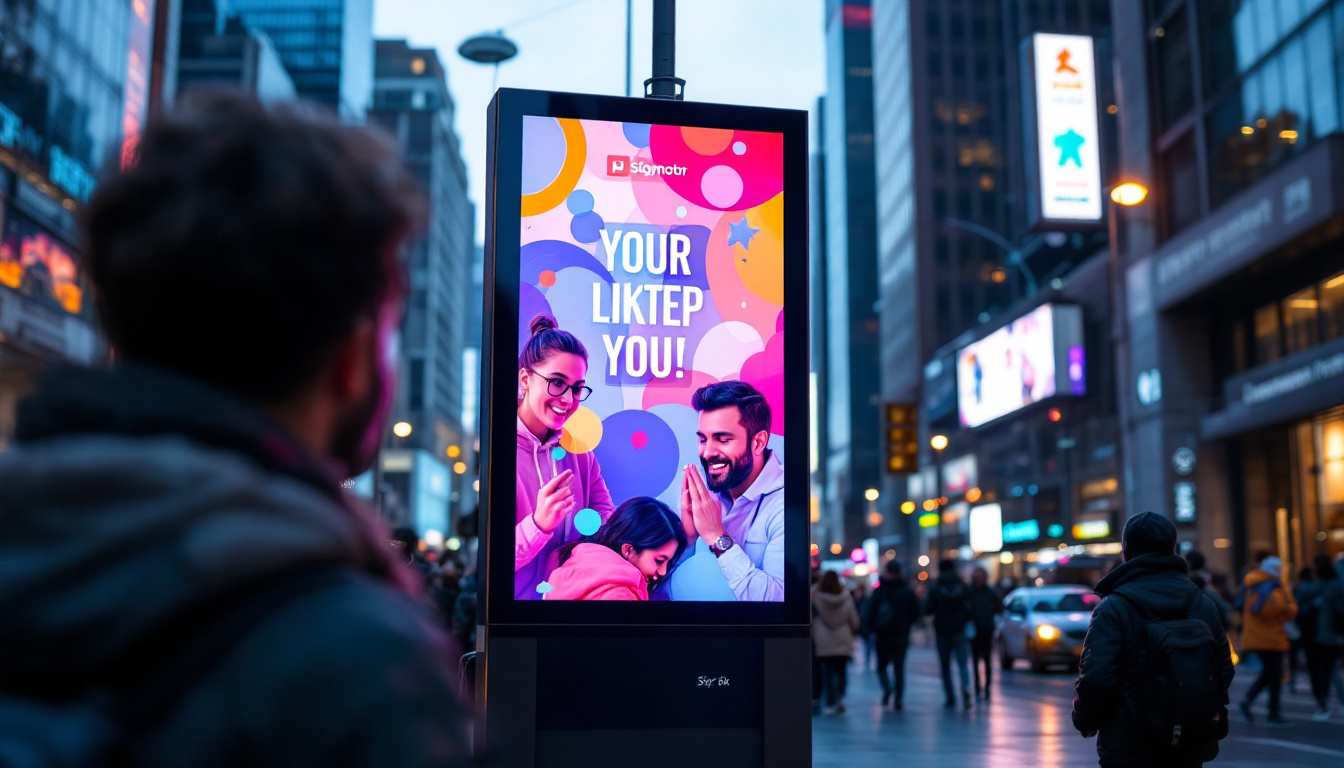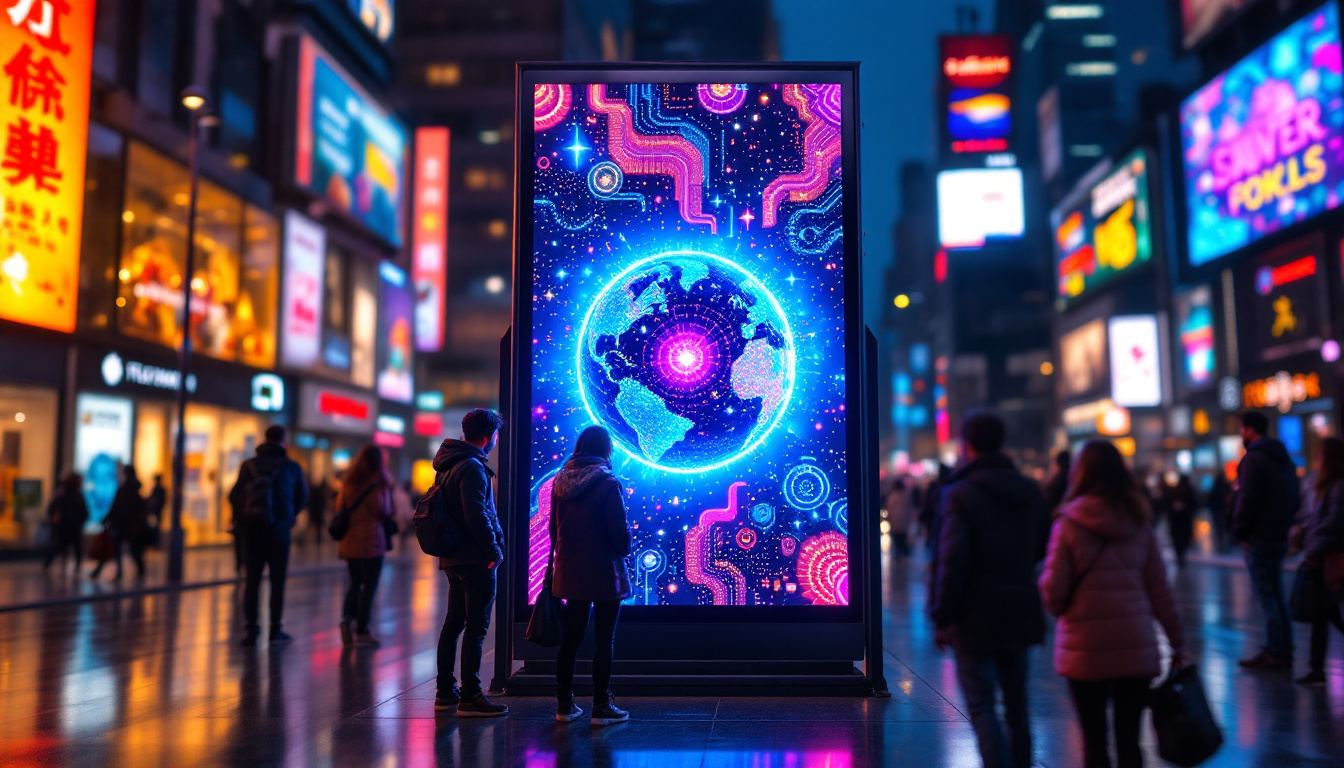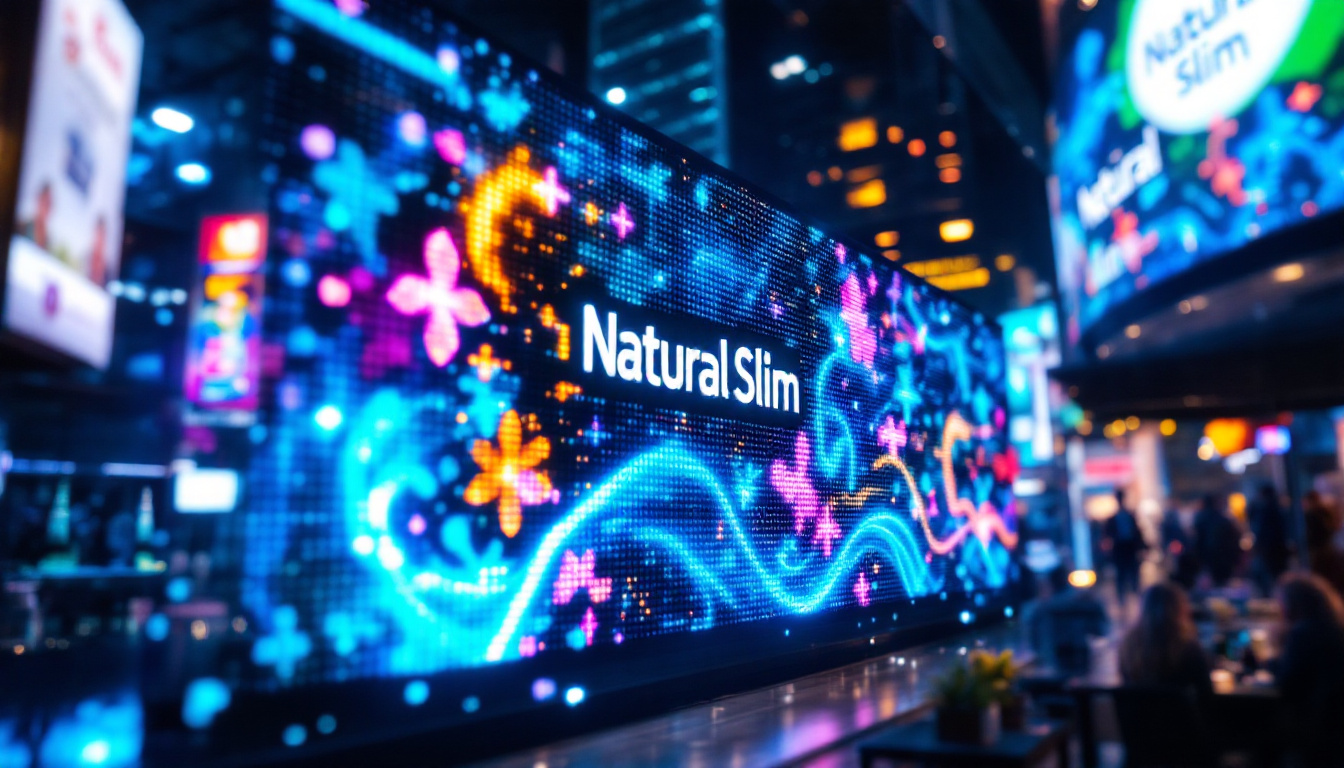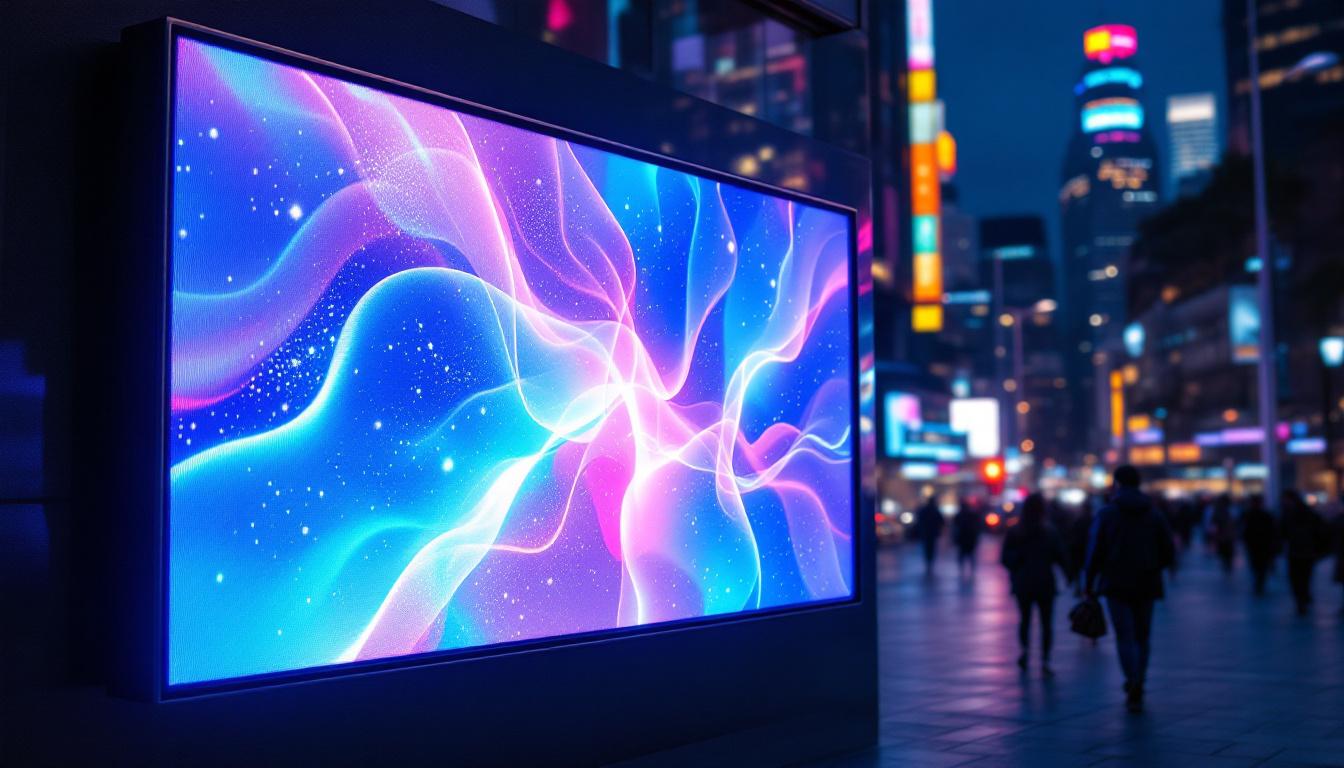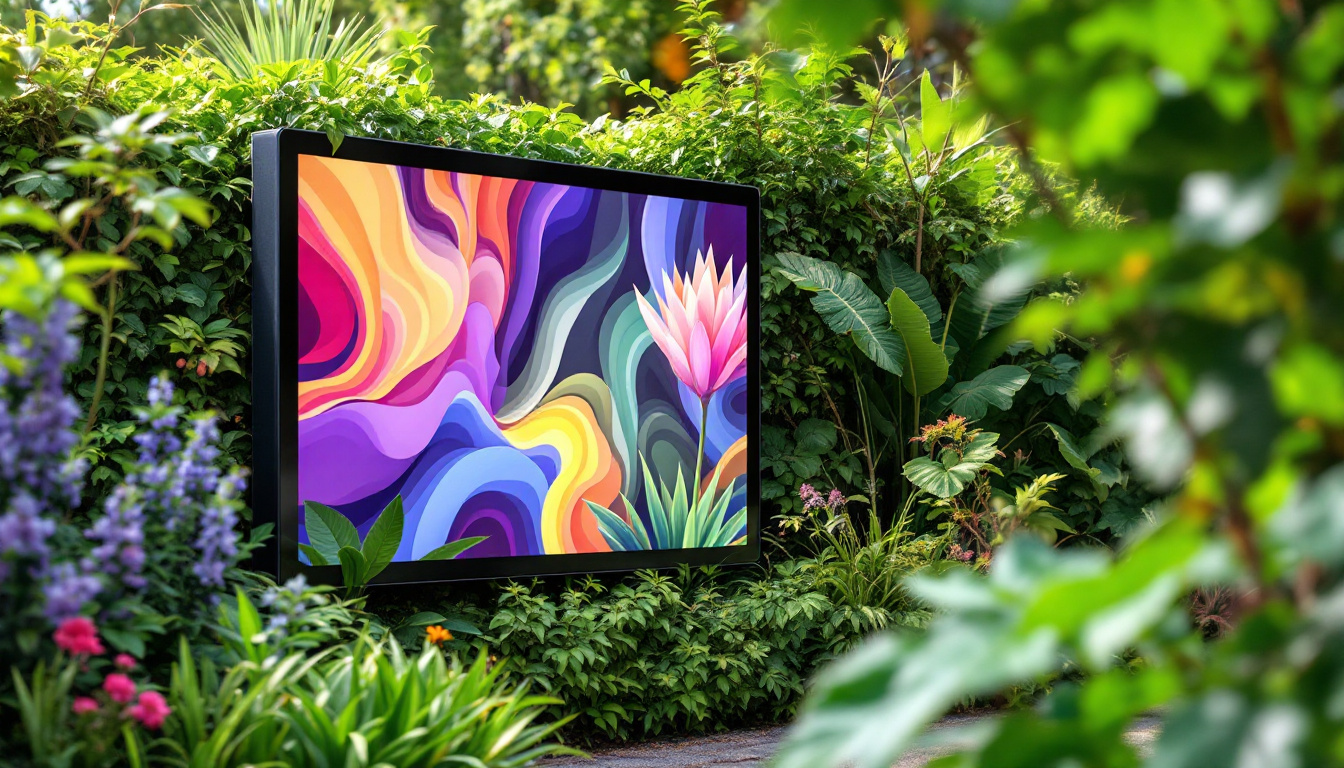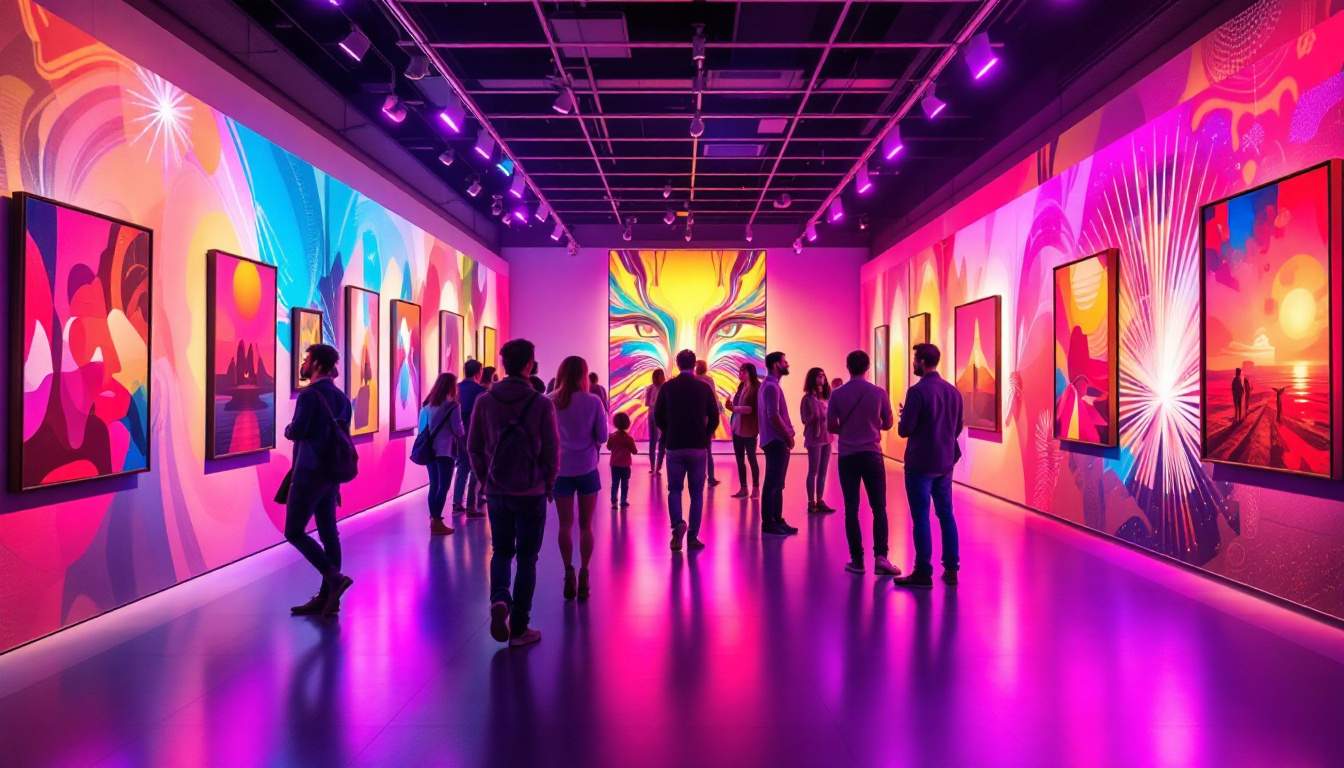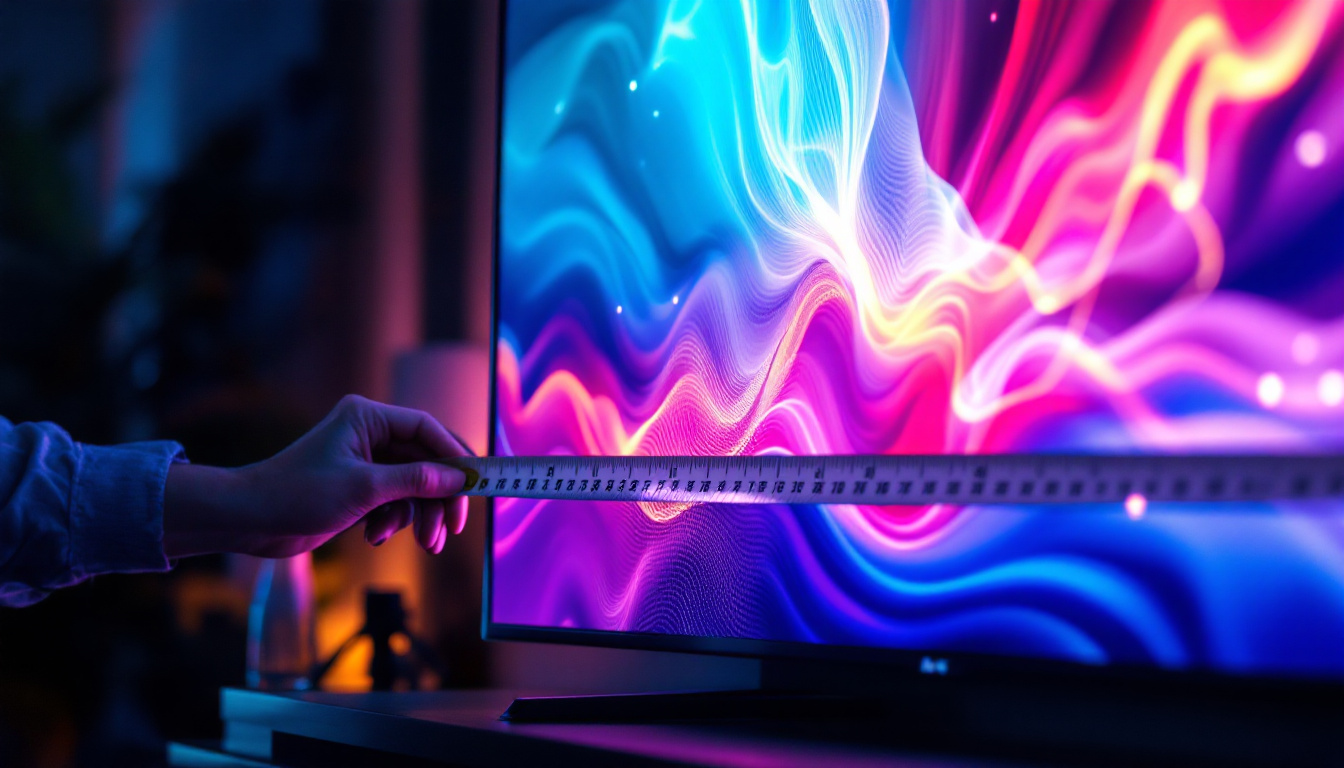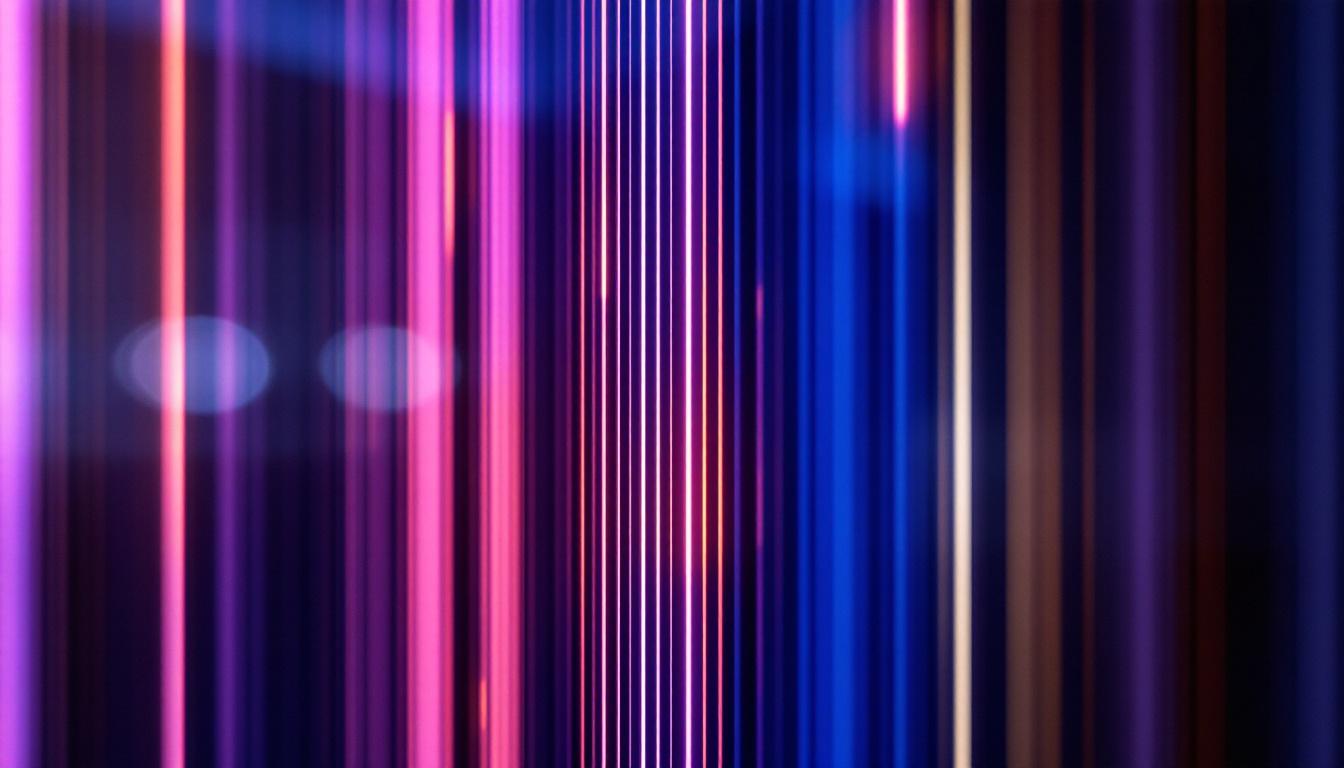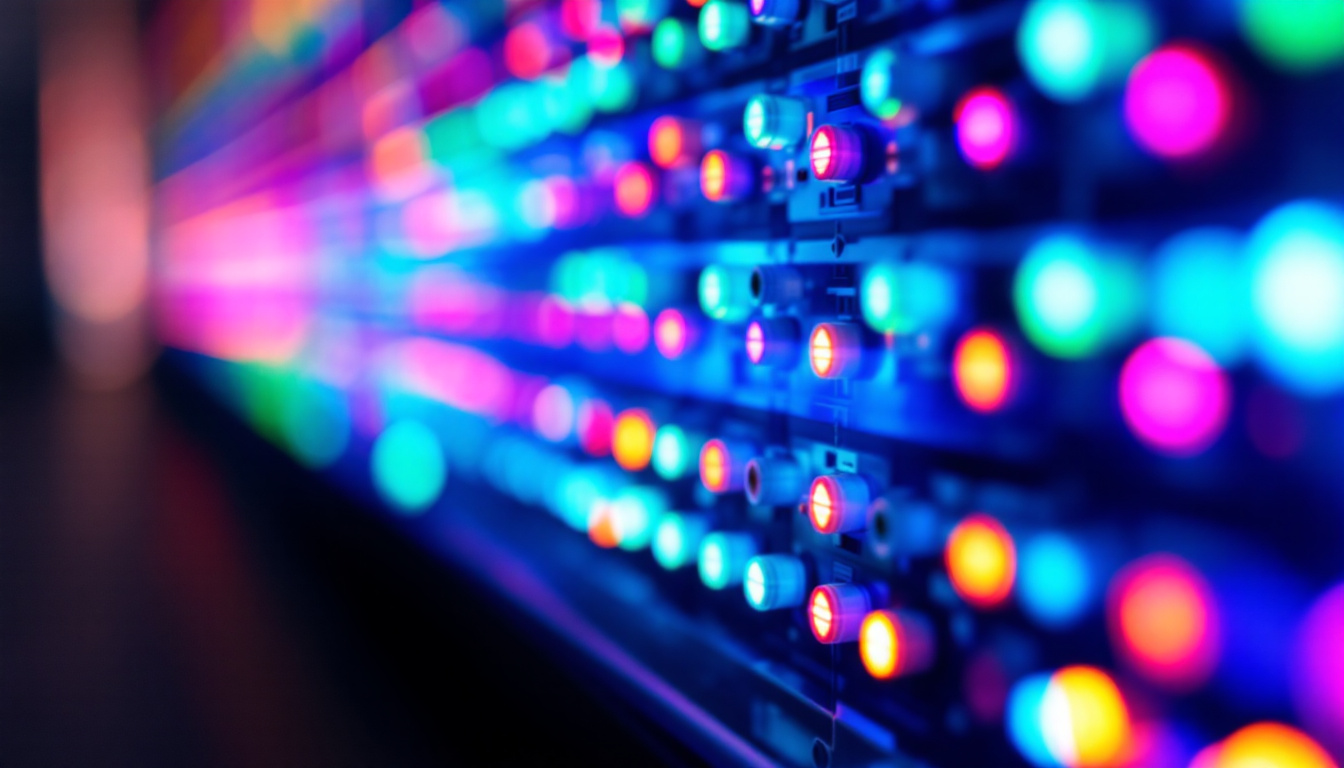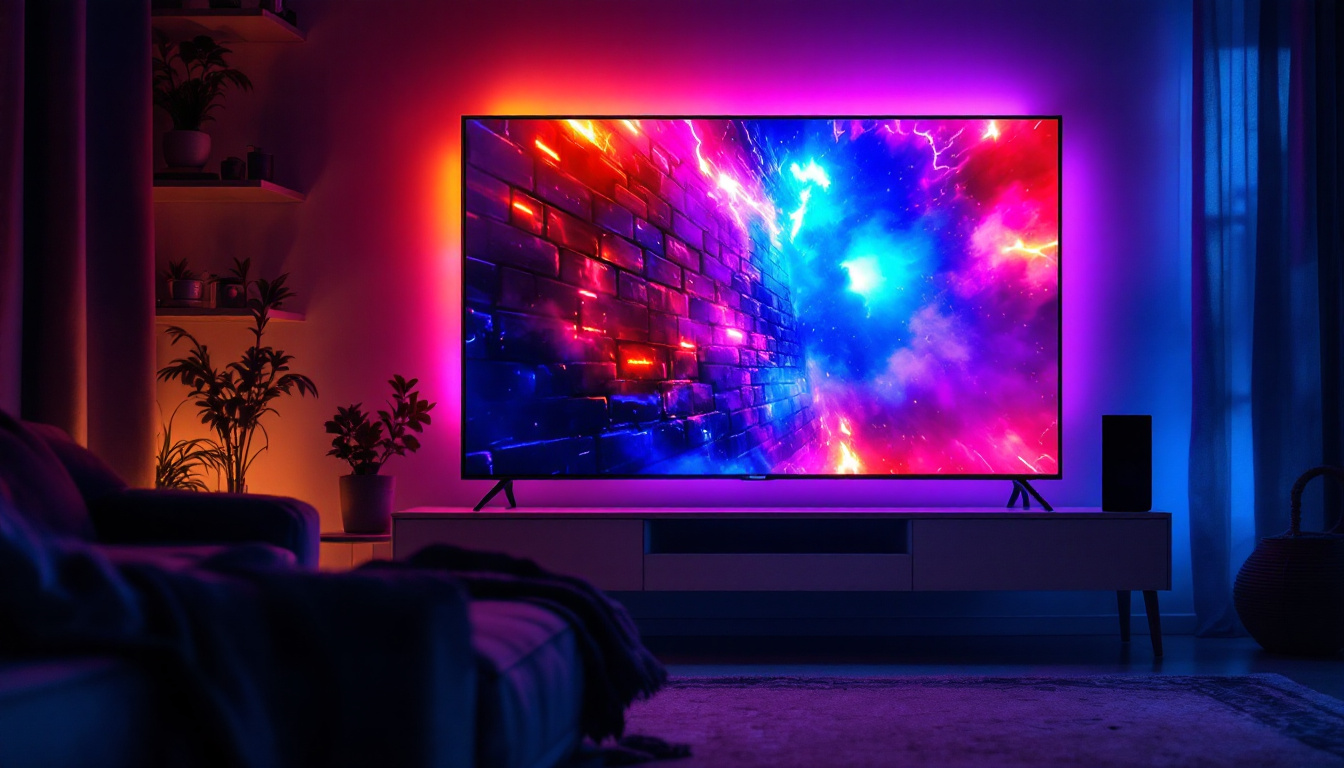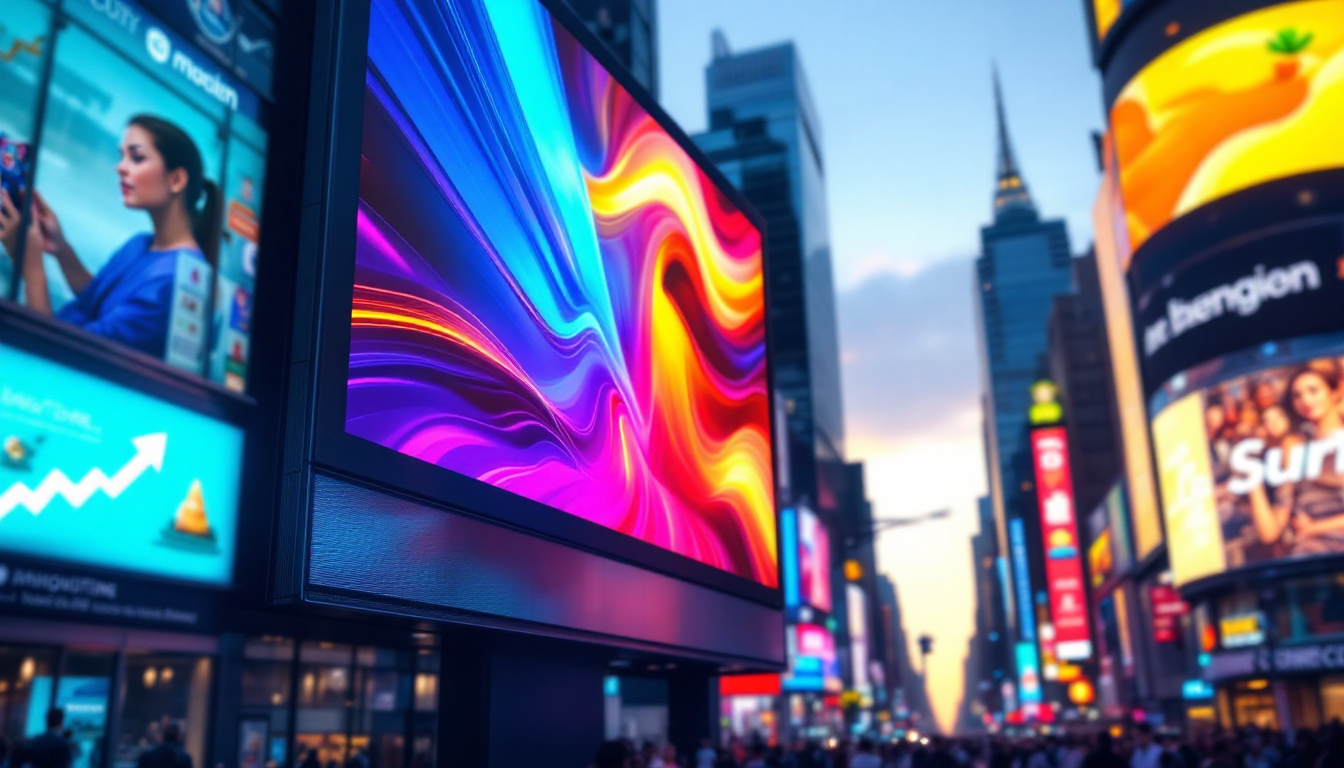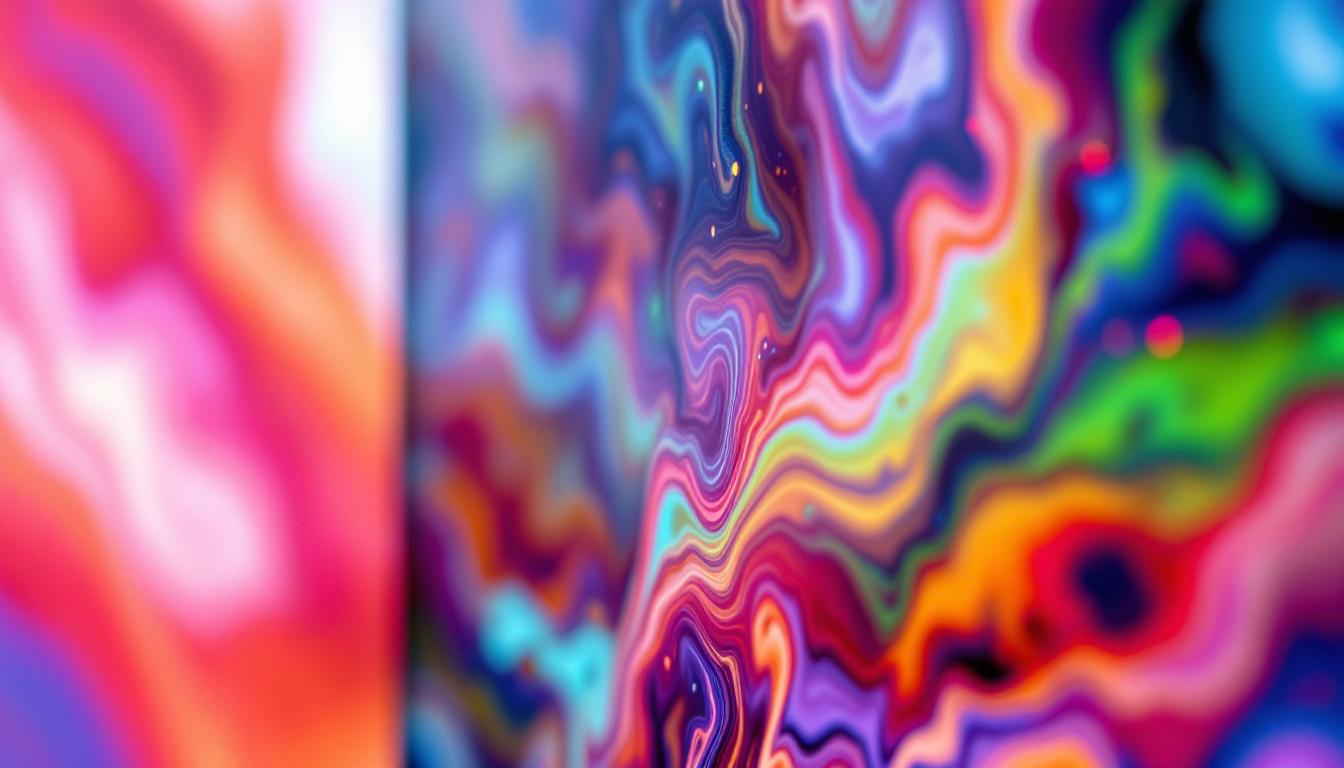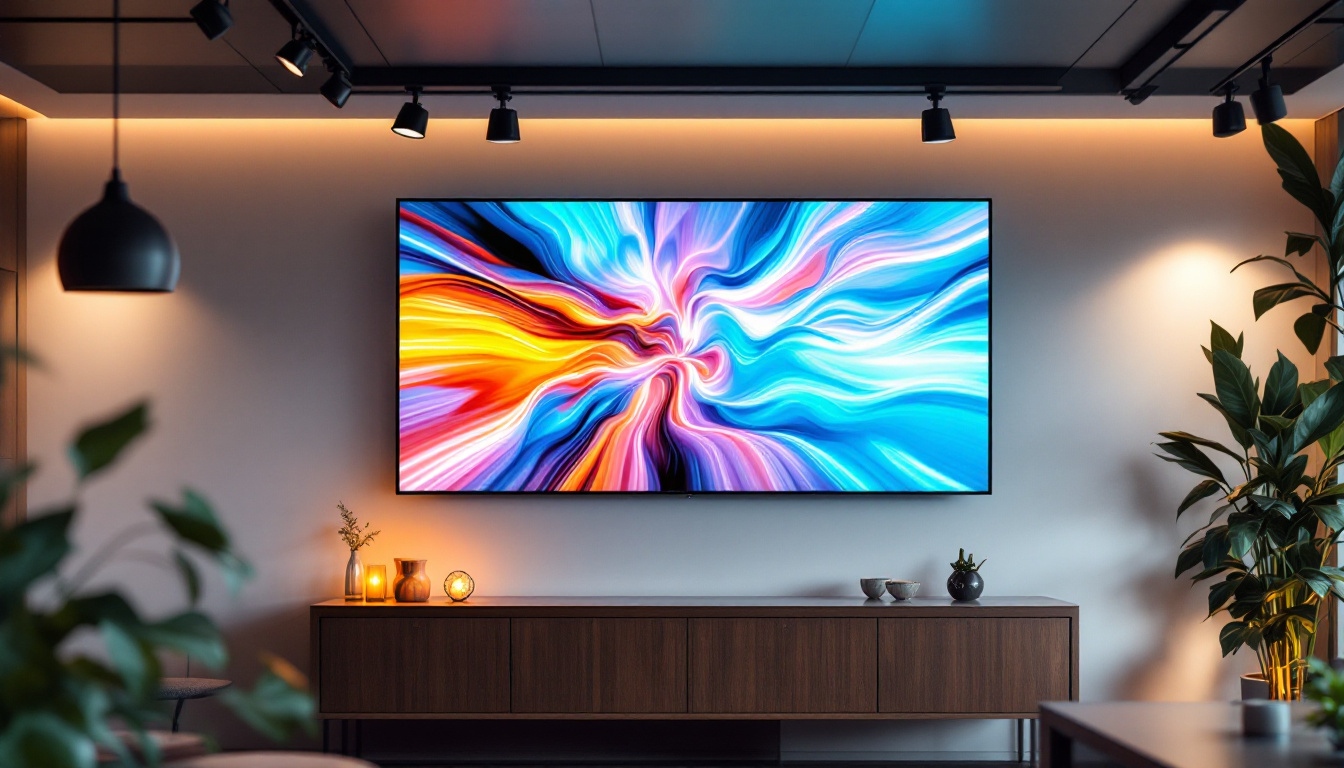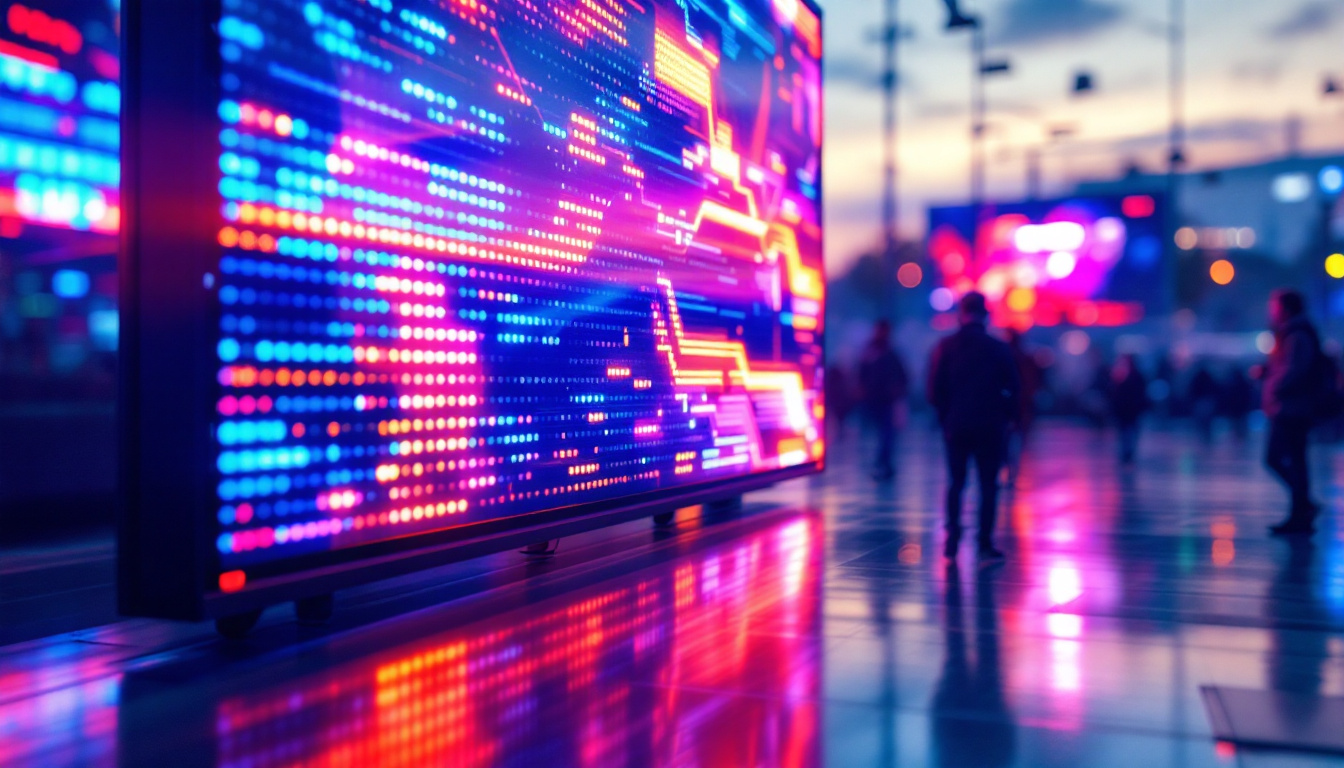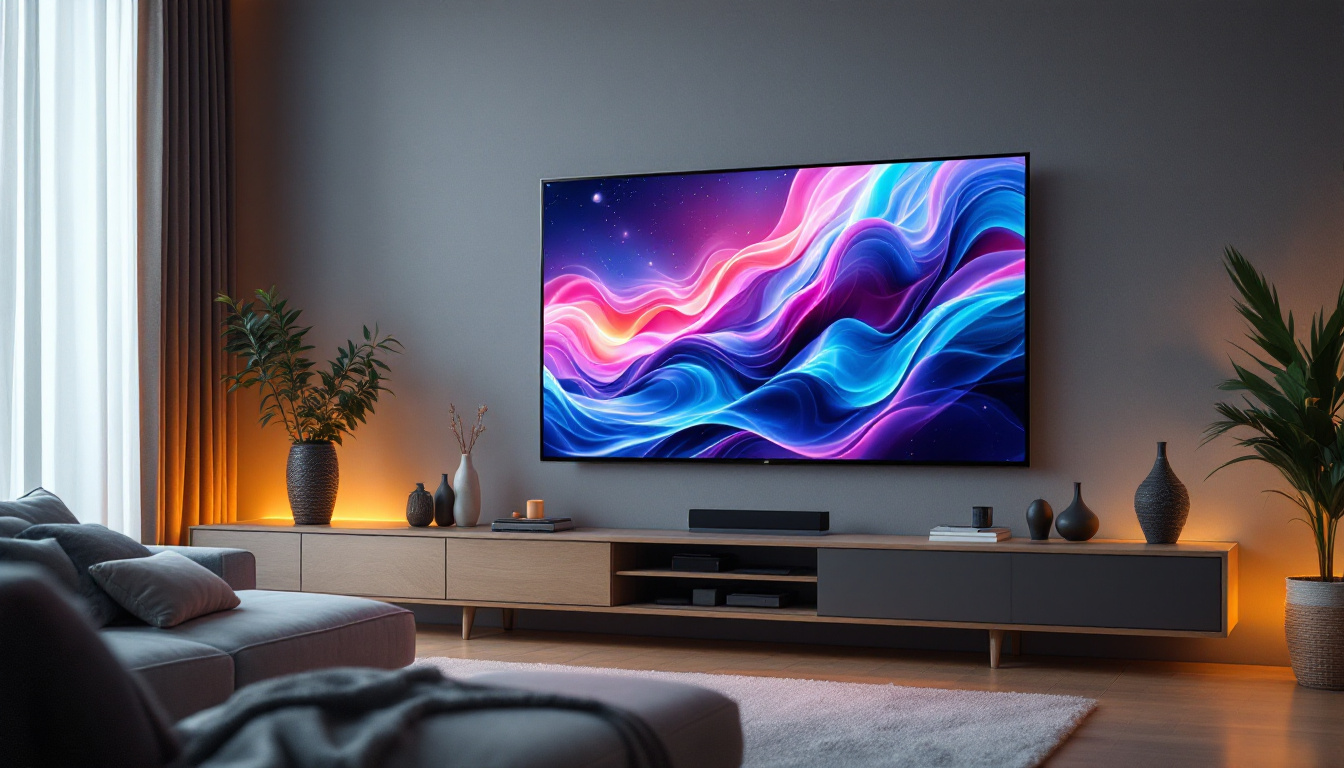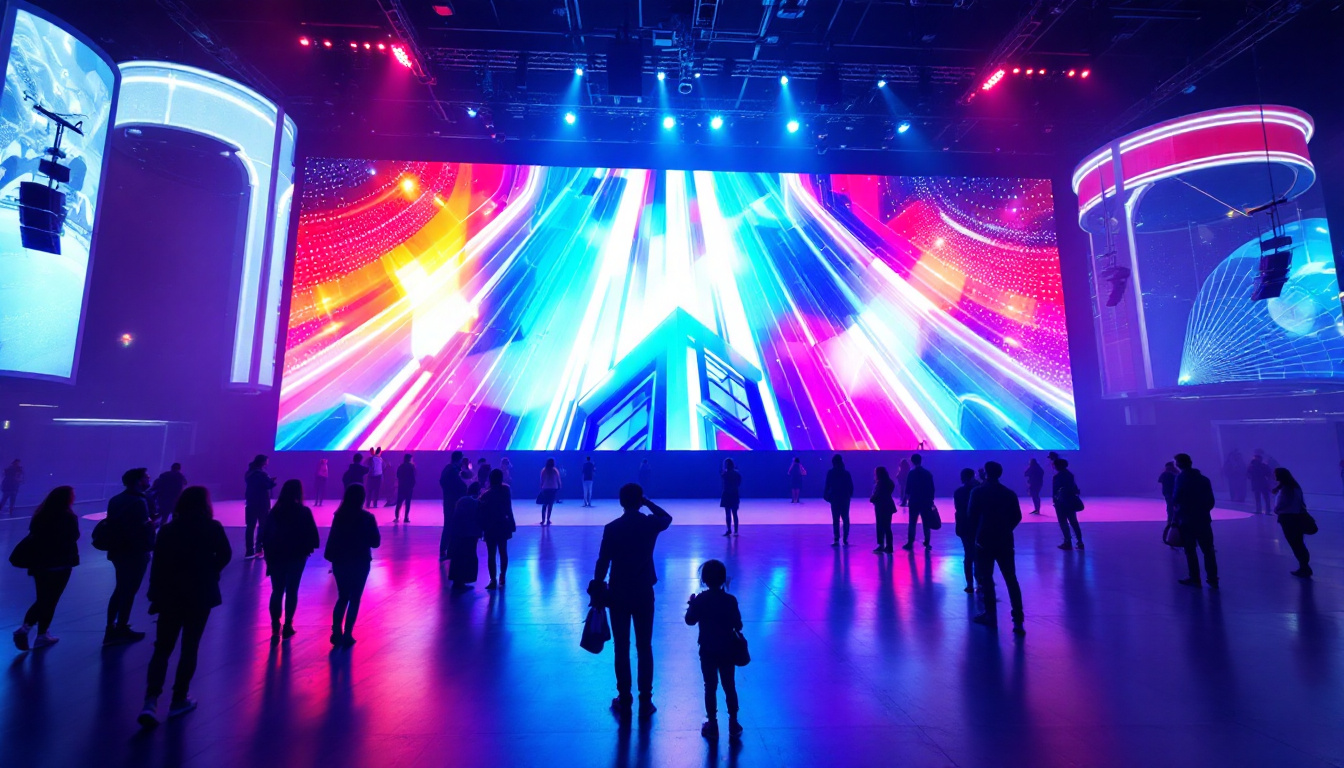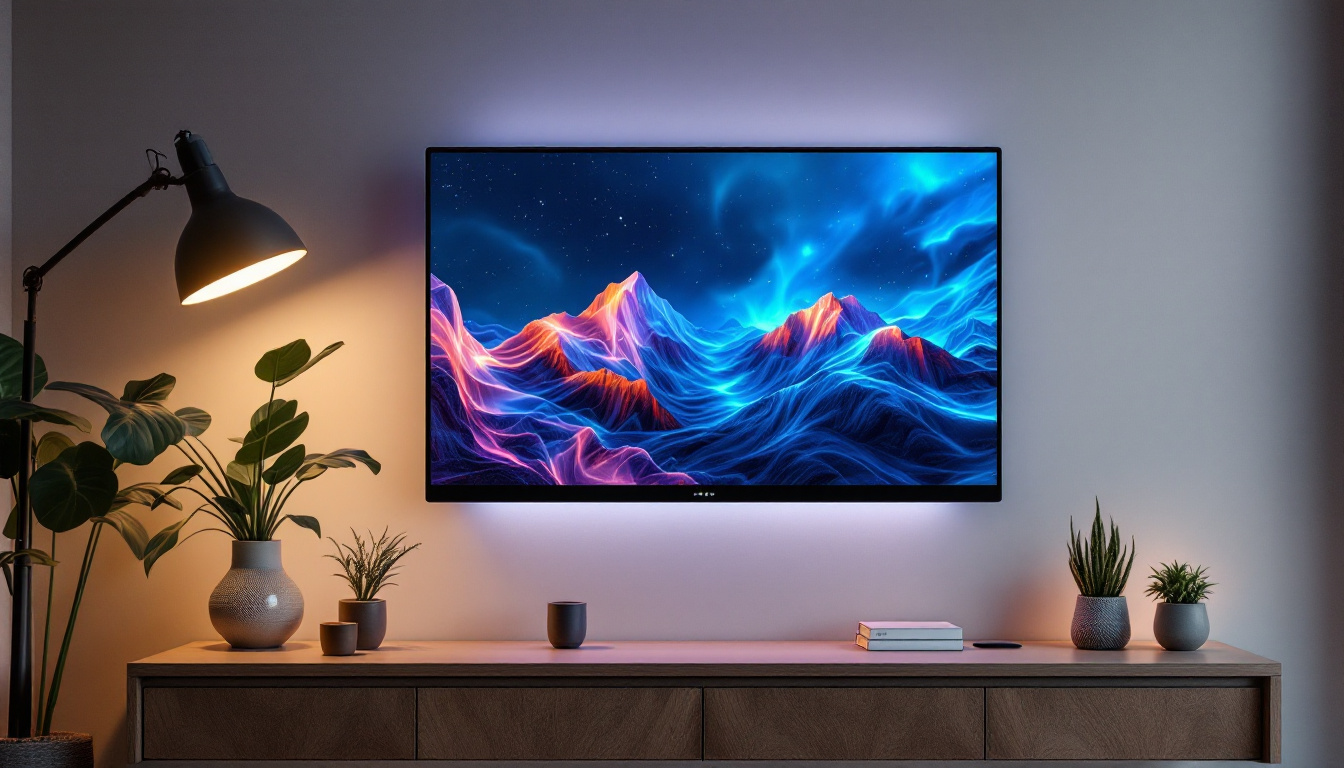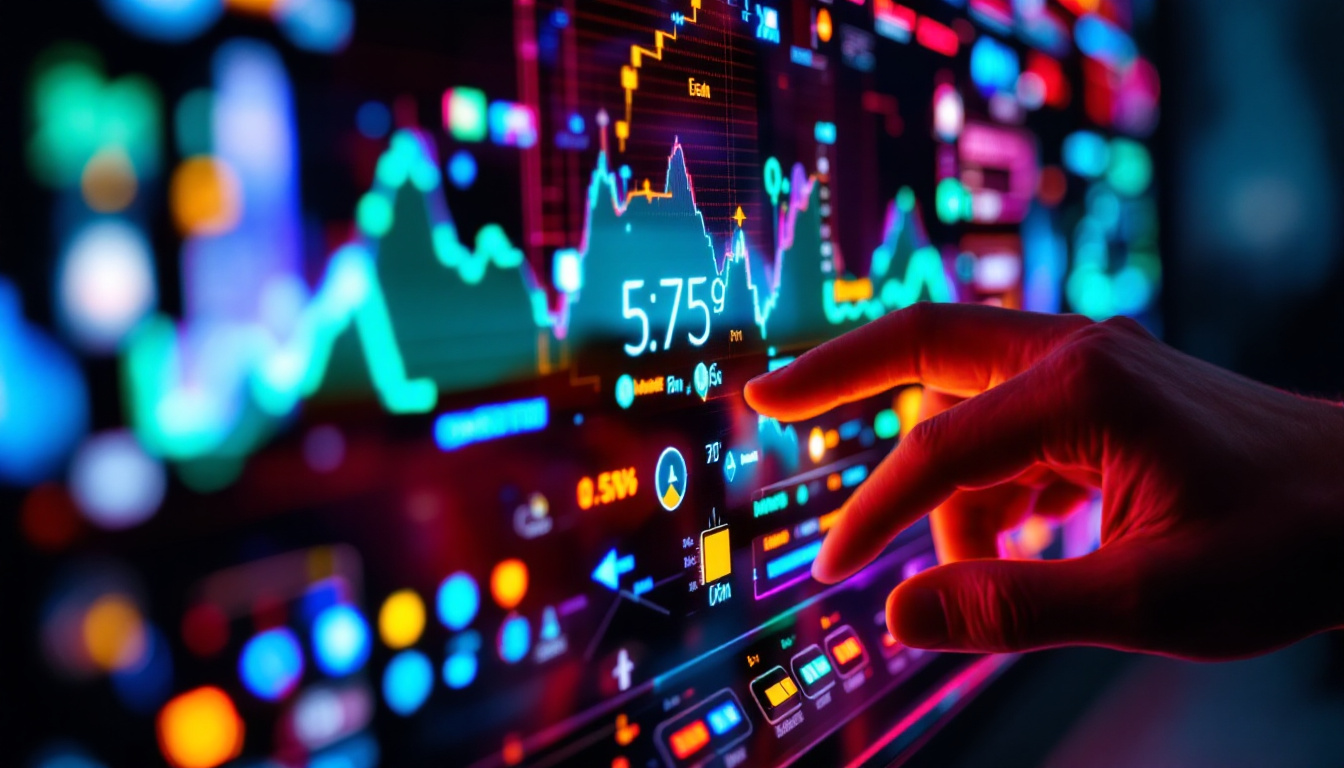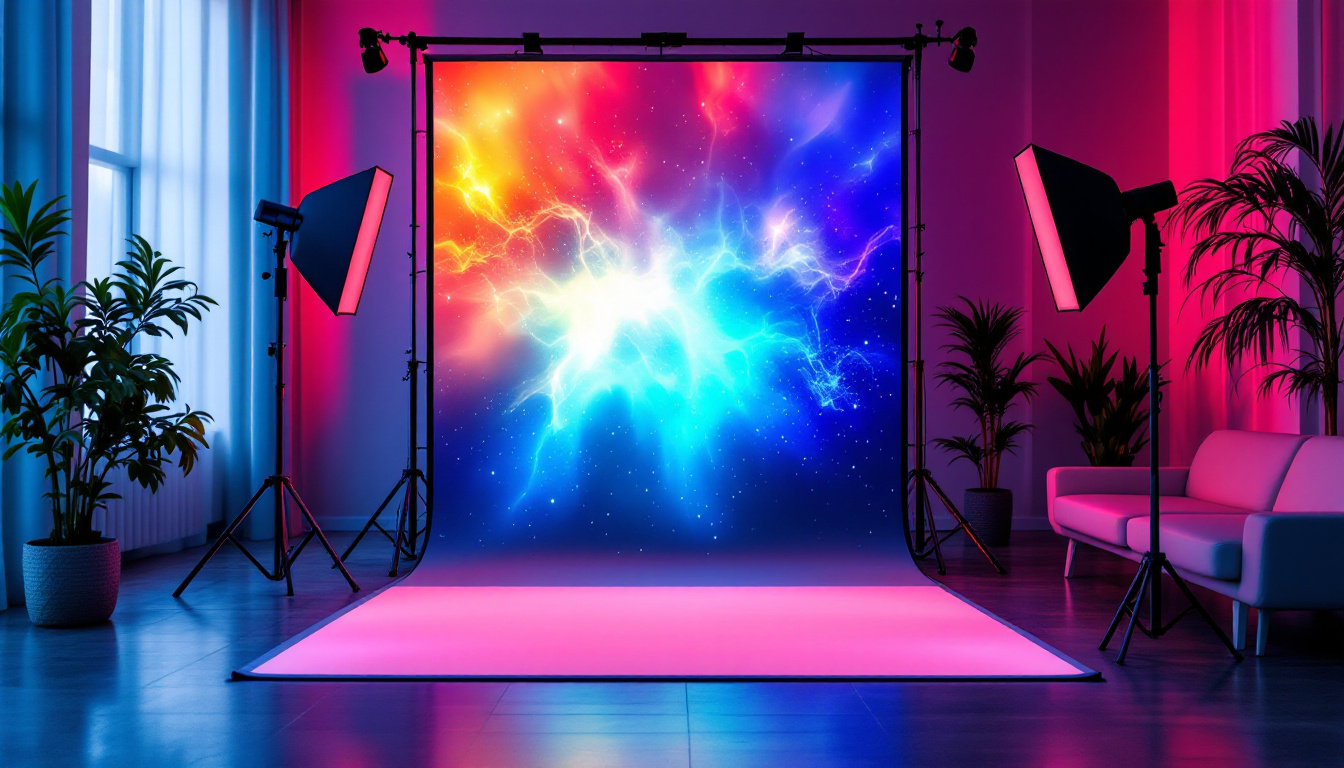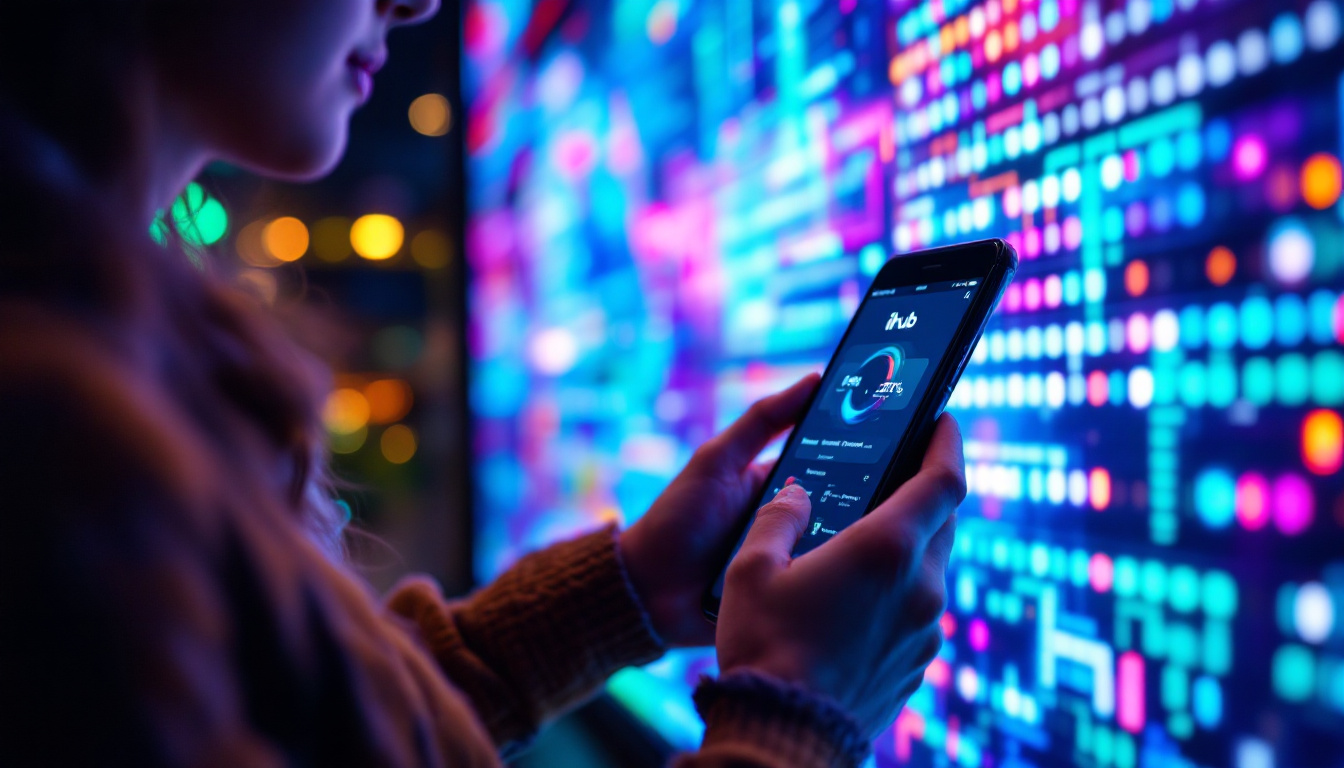Times Square, often dubbed “The Crossroads of the World,” is not just a bustling hub of activity; it is also a vibrant canvas for one of the most impressive displays of technology and creativity in the world. The LED displays that adorn the buildings and streets of Times Square have become iconic, captivating millions of visitors each year. This article delves into the evolution, technology, and impact of LED displays in Times Square, providing a comprehensive understanding of why they are so significant.
The Evolution of LED Displays in Times Square
To fully appreciate the LED displays in Times Square, one must first understand their evolution. The journey from traditional billboards to the dazzling LED screens we see today is a story of innovation and adaptation.
The Early Days: Traditional Billboards
Before the advent of LED technology, Times Square was characterized by traditional billboards, painted advertisements, and neon signs. These static displays were the primary means of advertising, capturing the attention of passersby with bright colors and bold messages. However, they had limitations in terms of visibility and interactivity.
As technology progressed, the demand for more dynamic advertising solutions grew. The introduction of electronic displays marked the beginning of a new era in visual marketing. These early electronic billboards utilized basic light bulbs and were limited in their ability to convey complex messages. The flickering lights and simple animations were a novelty at the time, but they quickly became overshadowed by the need for more engaging and visually stimulating content.
The Rise of LED Technology
The real game-changer came with the development of LED (Light Emitting Diode) technology. LEDs offered several advantages over traditional lighting methods, including greater energy efficiency, longer lifespan, and the ability to produce vibrant colors. This technological leap allowed for the creation of larger, more intricate displays that could be easily updated and programmed to show various content.
By the early 2000s, LED displays began to dominate the Times Square landscape. The first large-scale LED billboard was installed in 2001, and it set the stage for a rapid transformation of the area. Today, Times Square features some of the largest and most sophisticated LED displays in the world, each vying for the attention of the millions who visit annually. These screens not only showcase advertisements but also serve as platforms for artistic expression, public service announcements, and live event broadcasts, further enhancing the vibrancy of the square.
Moreover, the integration of smart technology has revolutionized the way these displays operate. Many LED screens are now equipped with sensors and connectivity features that allow them to adapt content based on real-time data, such as weather conditions or audience demographics. This level of interactivity creates a more personalized experience for viewers, making the advertisements feel more relevant and engaging. As a result, the LED displays in Times Square have become not just a backdrop to the bustling city life but a dynamic part of the urban experience itself, reflecting the pulse of New York City in real-time.
The Technology Behind LED Displays
Understanding the technology behind LED displays is essential to grasp their impact on advertising and entertainment in Times Square. These displays are not just large screens; they are complex systems that combine hardware and software to deliver captivating visual experiences. The evolution of LED technology has transformed the way we perceive digital content, making it more engaging and interactive than ever before.
LED Components
At the heart of every LED display are the individual light-emitting diodes. These tiny components are grouped together to form pixels, which collectively create the images and videos seen on the screen. The arrangement and density of these pixels determine the display’s resolution and clarity. In high-density displays, the pixels are packed closely together, allowing for greater detail and sharper images, which is particularly important in bustling environments like Times Square where viewers are often at varying distances from the screen.
Modern LED displays often use a combination of red, green, and blue (RGB) diodes to produce a full spectrum of colors. By adjusting the intensity of each color, the display can create a vast array of hues and shades, resulting in stunning visuals that can be seen from great distances. Furthermore, advancements in LED technology have led to improved energy efficiency and longer lifespans, making them a sustainable choice for large-scale displays. The ability to control these LEDs with precision allows for dynamic content that can change in real-time, enhancing the viewer’s experience.
Display Types
There are several types of LED displays used in Times Square, each serving different purposes. The most common types include:
- Direct View LED Displays: These are large screens made up of individual LED modules that can display high-resolution images and videos. They are often used for advertisements and entertainment, drawing in crowds with vibrant visuals that capture attention.
- LED Video Walls: Composed of multiple smaller screens, LED video walls can create a seamless display of content. They are often used for events and live broadcasts, allowing for a larger-than-life viewing experience that immerses the audience in the action.
- Transparent LED Displays: These innovative displays allow viewers to see through them while still displaying content. They are often used in storefronts and can create a striking visual effect, merging the physical and digital worlds in a way that captivates passersby.
In addition to these common types, there are also flexible LED displays that can be bent or shaped to fit unique environments, further expanding the creative possibilities for advertisers and artists alike. These displays can wrap around structures or be integrated into architectural designs, making them not just a medium for communication but also a part of the urban landscape. As technology continues to advance, the integration of augmented reality (AR) with LED displays is on the rise, offering even more interactive experiences that engage audiences in unprecedented ways.
The Impact of LED Displays on Advertising
The LED displays in Times Square have revolutionized the advertising landscape. Their ability to capture attention and convey messages in real-time has made them an essential tool for marketers.
Dynamic Content and Real-Time Updates
One of the most significant advantages of LED displays is the ability to change content quickly and easily. Advertisers can update their messages in real-time, allowing them to respond to current events, trends, and audience preferences. This dynamic capability keeps the content fresh and engaging, ensuring that it resonates with viewers.
Moreover, the use of motion graphics and video content on LED displays creates a more immersive experience for the audience. Advertisers can tell stories and convey emotions in ways that static billboards simply cannot achieve.
Targeted Advertising
With the integration of data analytics and audience measurement technologies, LED displays can now deliver targeted advertising. By analyzing foot traffic patterns and demographic data, advertisers can tailor their messages to specific audiences at different times of the day. This level of customization enhances the effectiveness of advertising campaigns and maximizes return on investment.
The Role of LED Displays in Entertainment
Beyond advertising, LED displays play a crucial role in the entertainment landscape of Times Square. They serve as platforms for live performances, events, and public art installations, enriching the cultural fabric of the area.
Live Events and Performances
Times Square is known for hosting various live events, including concerts, celebrations, and festivals. LED displays provide a stunning backdrop for these events, enhancing the overall experience for attendees. They can broadcast live feeds, display event information, and showcase performances in real-time, ensuring that everyone in the vicinity can participate, regardless of their location.
During major events like New Year’s Eve, the LED displays become central to the festivities, creating a vibrant atmosphere that draws crowds from all over the world. The combination of lights, music, and live performances creates an unforgettable experience that captures the spirit of Times Square.
Public Art Installations
In addition to commercial use, LED displays have become a medium for public art. Artists are increasingly using these screens to showcase their work, transforming Times Square into an open-air gallery. These installations challenge traditional notions of art and engage viewers in new and innovative ways.
By incorporating technology into their artwork, artists can create dynamic pieces that evolve over time, inviting viewers to return and experience something new. This fusion of art and technology reflects the ever-changing nature of Times Square and its commitment to creativity.
The Future of LED Displays in Times Square
As technology continues to advance, the future of LED displays in Times Square looks promising. Innovations in display technology, interactivity, and sustainability are set to shape the next generation of visual experiences.
Interactive Displays
One of the most exciting developments on the horizon is the rise of interactive LED displays. These screens allow viewers to engage with the content in real-time, creating a more immersive experience. For instance, touch-sensitive displays can enable users to interact with advertisements, games, or art installations, blurring the lines between the digital and physical worlds.
Furthermore, augmented reality (AR) and virtual reality (VR) technologies are being integrated into LED displays, offering even more engaging experiences. Imagine standing in Times Square and using your smartphone to see additional layers of content overlaid on the LED displays, enhancing your understanding and enjoyment of the visuals.
Sustainability and Energy Efficiency
As environmental concerns continue to grow, the push for sustainability in advertising and entertainment is becoming more pronounced. LED technology is inherently more energy-efficient than traditional lighting methods, but future advancements promise to make them even more sustainable.
Innovations such as solar-powered displays and energy-efficient manufacturing processes are being explored to reduce the environmental impact of LED displays. These changes not only benefit the planet but can also lead to cost savings for advertisers and venue operators.
Conclusion
The LED displays in Times Square are more than just advertising tools; they are a testament to technological innovation, creativity, and cultural expression. From their humble beginnings as static billboards to the dynamic, interactive displays of today, they have transformed the way brands communicate with audiences and how people experience entertainment.
As Times Square continues to evolve, the role of LED displays will undoubtedly grow, embracing new technologies and artistic expressions. The future promises to be even more vibrant, engaging, and sustainable, ensuring that Times Square remains a captivating destination for generations to come.
Illuminate Your Brand with LumenMatrix
As we’ve explored the transformative power of LED displays in Times Square, it’s clear that the future of advertising and public engagement is bright. If you’re inspired to elevate your brand’s presence and captivate audiences with unparalleled visual experiences, LumenMatrix is your partner in innovation. Specializing in a vast array of LED display solutions—from Indoor and Outdoor LED Walls to Custom and Transparent Displays—LumenMatrix is committed to revolutionizing visual communication. Check out LumenMatrix LED Display Solutions today and step into the future of dynamic, impactful digital signage.

